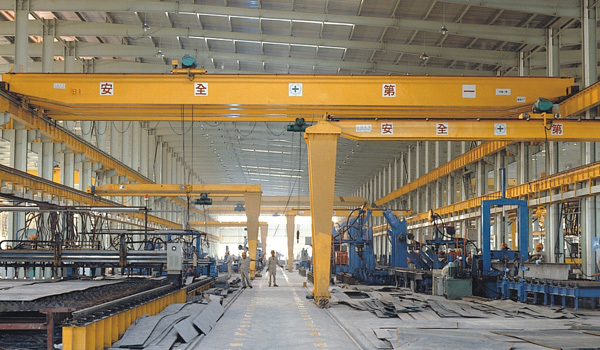2021-07-22
Overhead cranes, typically referring to single-beam bridge cranes (Single-beam Crane in English), commonly use I-beams or a combination of steel sections and plates for the main beam of the bridge frame. The lifting trolley is often assembled using a hand chain hoist, electric hoist, or a hoist as a lifting mechanism component.
Application Range
Overhead cranes are widely used in workshops and warehouses of various industries, including mechanical manufacturing, metallurgy, petroleum, petrochemicals, ports, railways, civil aviation, power stations, papermaking, building materials, and electronics. They are characterized by their compact size, low building headroom, light weight, and low wheel pressure.
Model Classification
Main models of electric single-beam cranes include LDA type electric single-beam cranes, LD type electric single-beam cranes, HD type electric single-beam cranes, LX type electric single-beam suspension cranes, SDXQ type manual single-beam suspension cranes, and single-beam grab cranes.
Operating Procedures
a. For single-beam bridge cranes with a driver's cab, before the driver starts the crane, they should inspect the hook, wire rope, and safety devices according to the requirements of the inspection card. Any abnormalities should be rectified.
b. For ground-controlled single-beam bridge cranes, a designated person should be responsible for inspecting the crane according to the requirements of the inspection card every shift. Any abnormalities should be rectified.
c. The operator must ensure that the walkway or track is clear of personnel before closing the main power supply. If the circuit breaker is locked or has a warning sign, the lock or sign must be removed by the relevant personnel before closing the main power supply.
View Details






